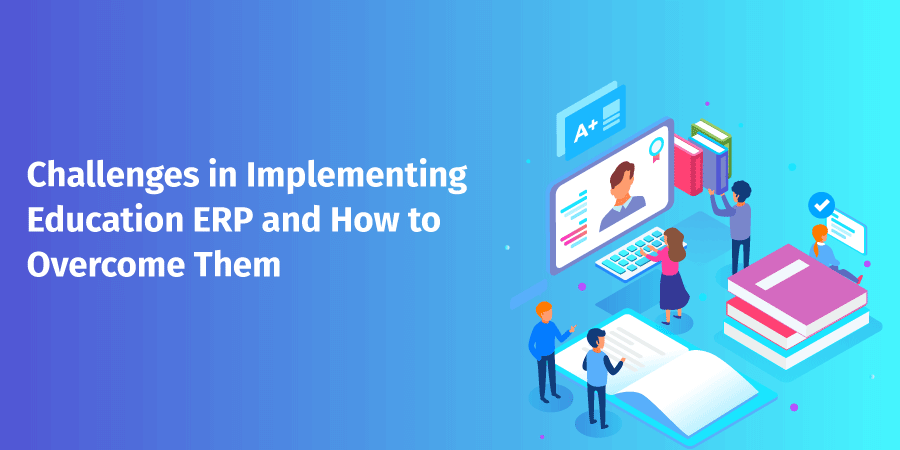Implementing an ERP (Enterprise Resource Planning) system in schools can present several challenges, but with proper strategies, these obstacles can be effectively managed. A key to overcoming these challenges is thorough planning and preparation. Schools should begin by clearly defining their needs and objectives to ensure that the chosen ERP system aligns with their goals. This involves assessing current processes, identifying pain points, and setting realistic expectations for the new system.
Strategic Planning: A well-defined implementation plan is crucial for addressing common issues such as data migration, system integration, and user training. Schools should create a detailed project plan that outlines each phase of the implementation process, assigns responsibilities, and sets deadlines. This proactive approach helps in anticipating potential problems and mitigating risks before they impact the project.
Clear Communication: Effective communication among all stakeholders—administrators, teachers, IT staff, and students—is essential for a smooth ERP implementation. Schools should establish regular communication channels to keep everyone informed about the progress, changes, and any issues that arise. Transparency and feedback mechanisms help in managing expectations and fostering a collaborative environment.
Change Management: Introducing a new ERP system requires significant changes to existing workflows and practices. To facilitate a smooth transition, schools must implement robust change management strategies. This includes providing comprehensive training for users, offering ongoing support, and addressing any resistance to change. Engaging stakeholders in the process and demonstrating the benefits of the new system can help in gaining their support and ensuring a successful implementation.
Data Migration and Integration: Migrating data from legacy systems to the new ERP system and integrating it with other tools can be challenging. Schools should plan for a thorough data migration strategy, including data cleansing and validation, to ensure accuracy and completeness. Proper integration with existing systems is also necessary to maintain consistency and avoid disruptions.
User Training and Support: Ensuring that users are adequately trained and supported is crucial for the successful adoption of the ERP system. Schools should provide training sessions that cover all aspects of the system and offer ongoing support to address any issues or questions that arise. A well-prepared user base is essential for maximizing the benefits of the new system.
Continuous Evaluation: Post-implementation, schools should continuously evaluate the ERP system's performance and make necessary adjustments. Regular reviews and feedback collection help in identifying areas for improvement and ensuring that the system meets the evolving needs of the institution.
By addressing these common challenges with strategic planning, clear communication, and effective change management, schools can achieve a successful ERP implementation that enhances operational efficiency and supports their educational objectives.
